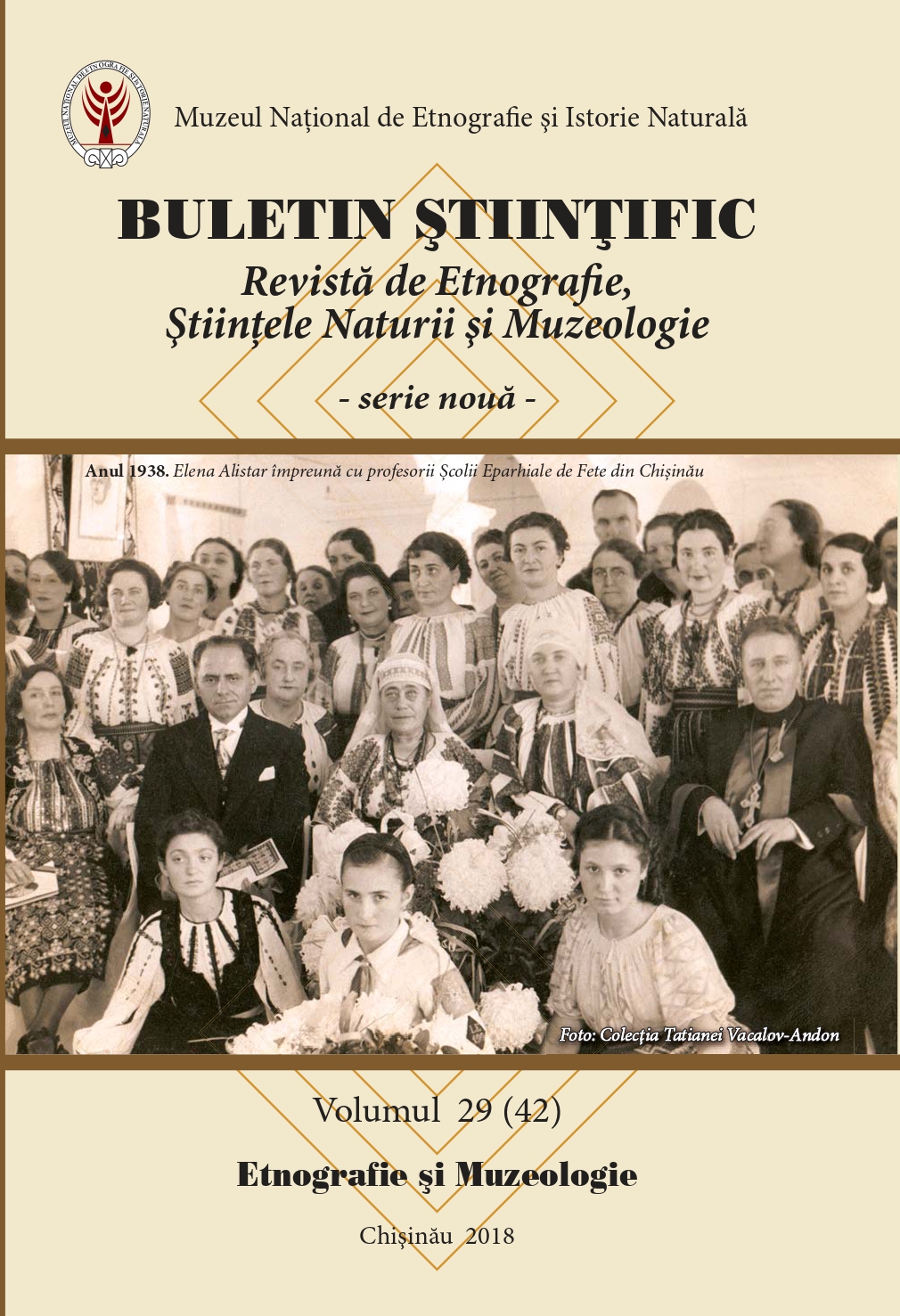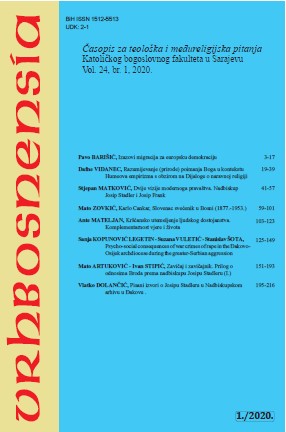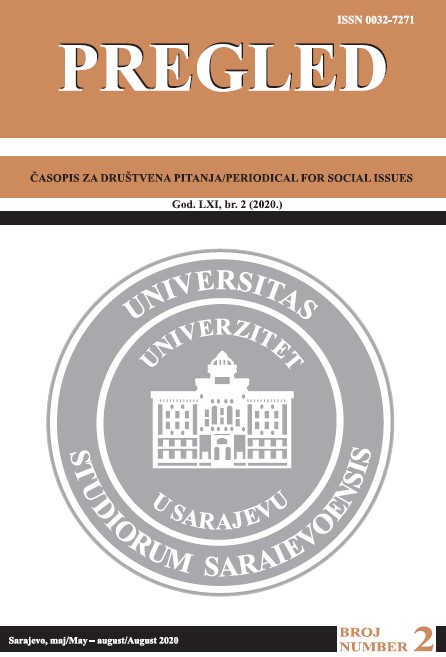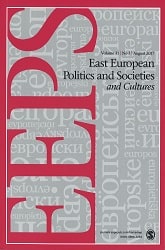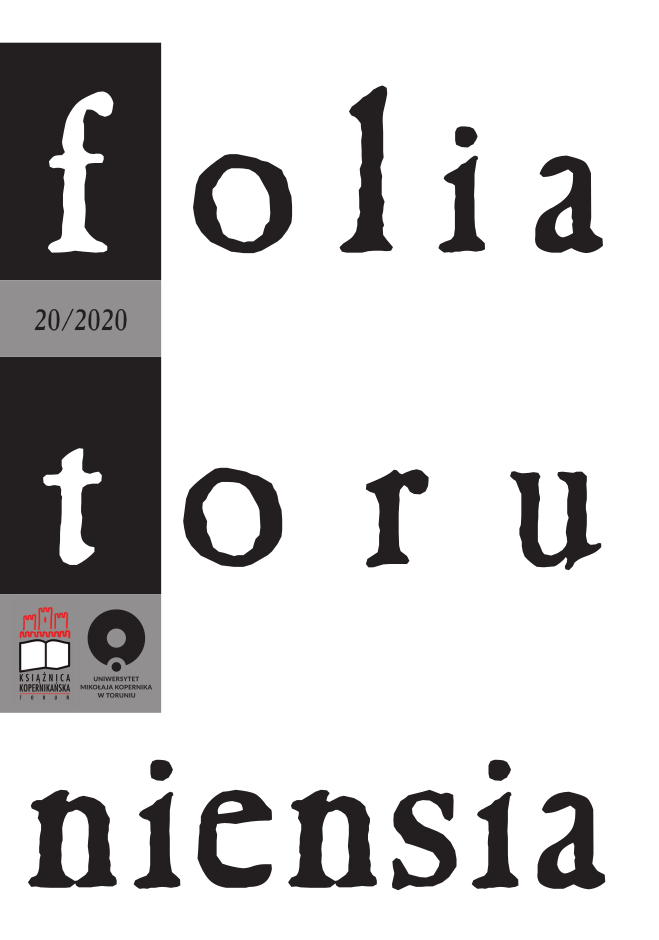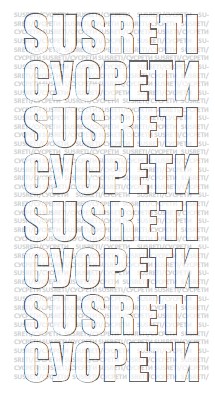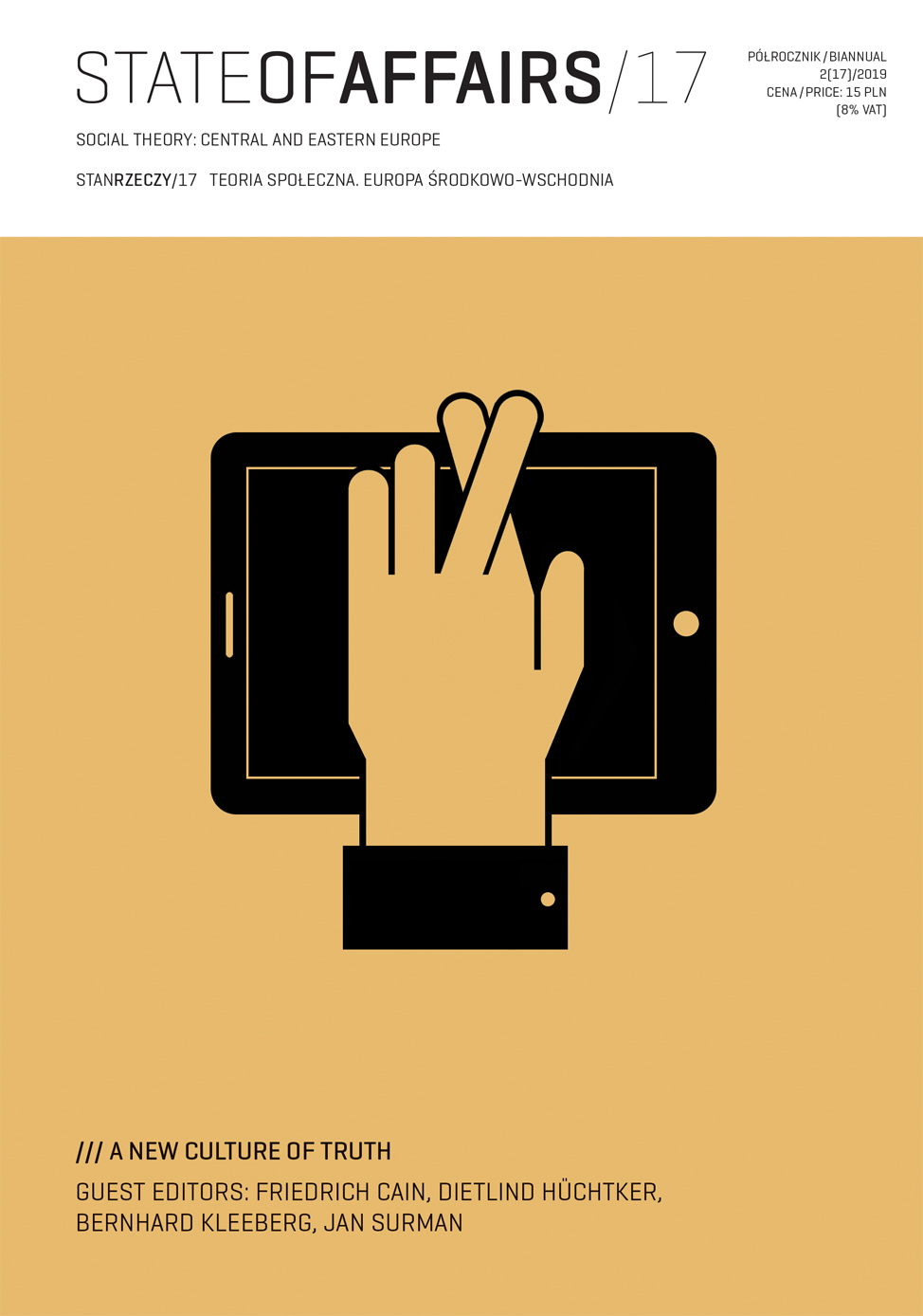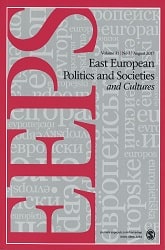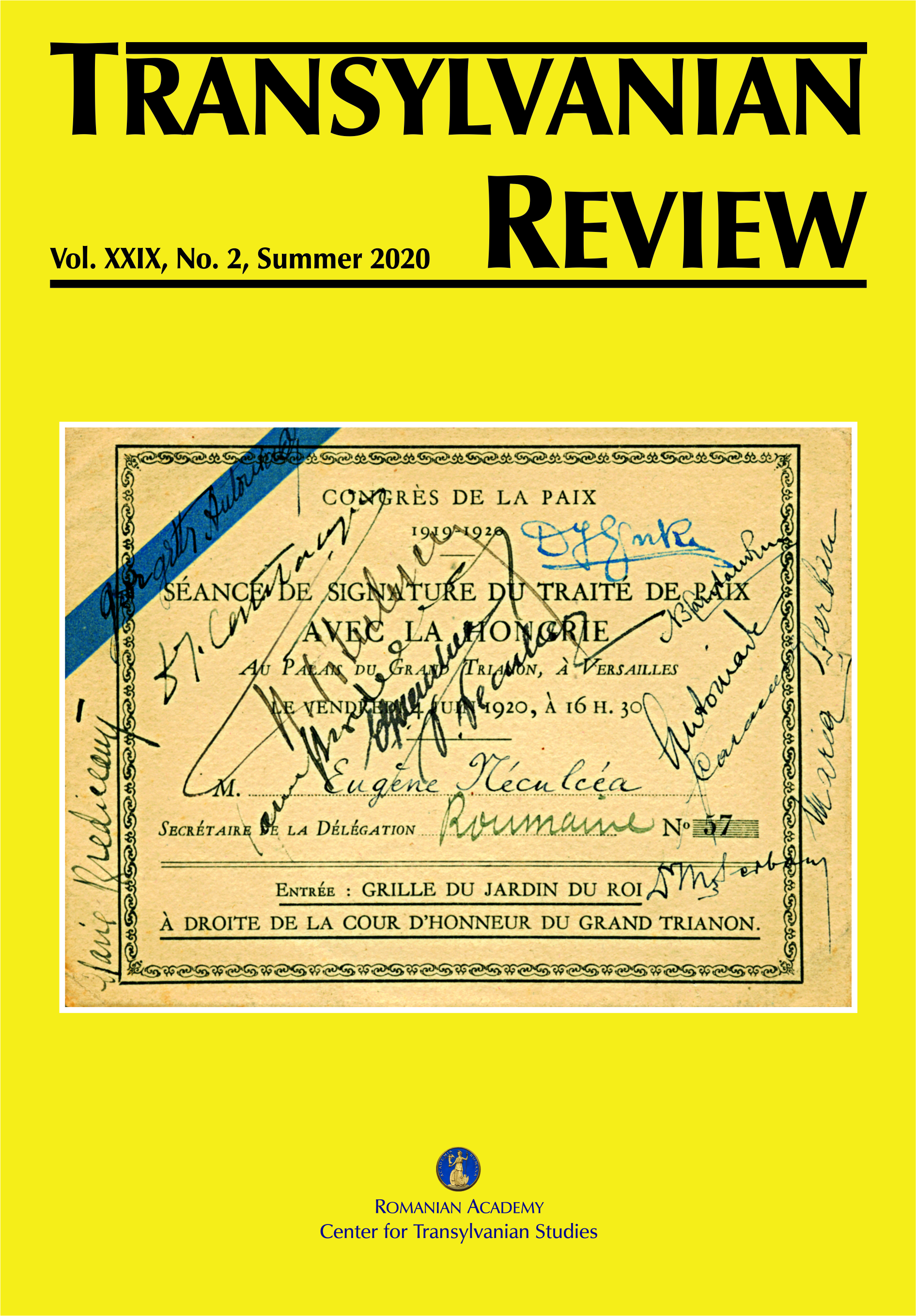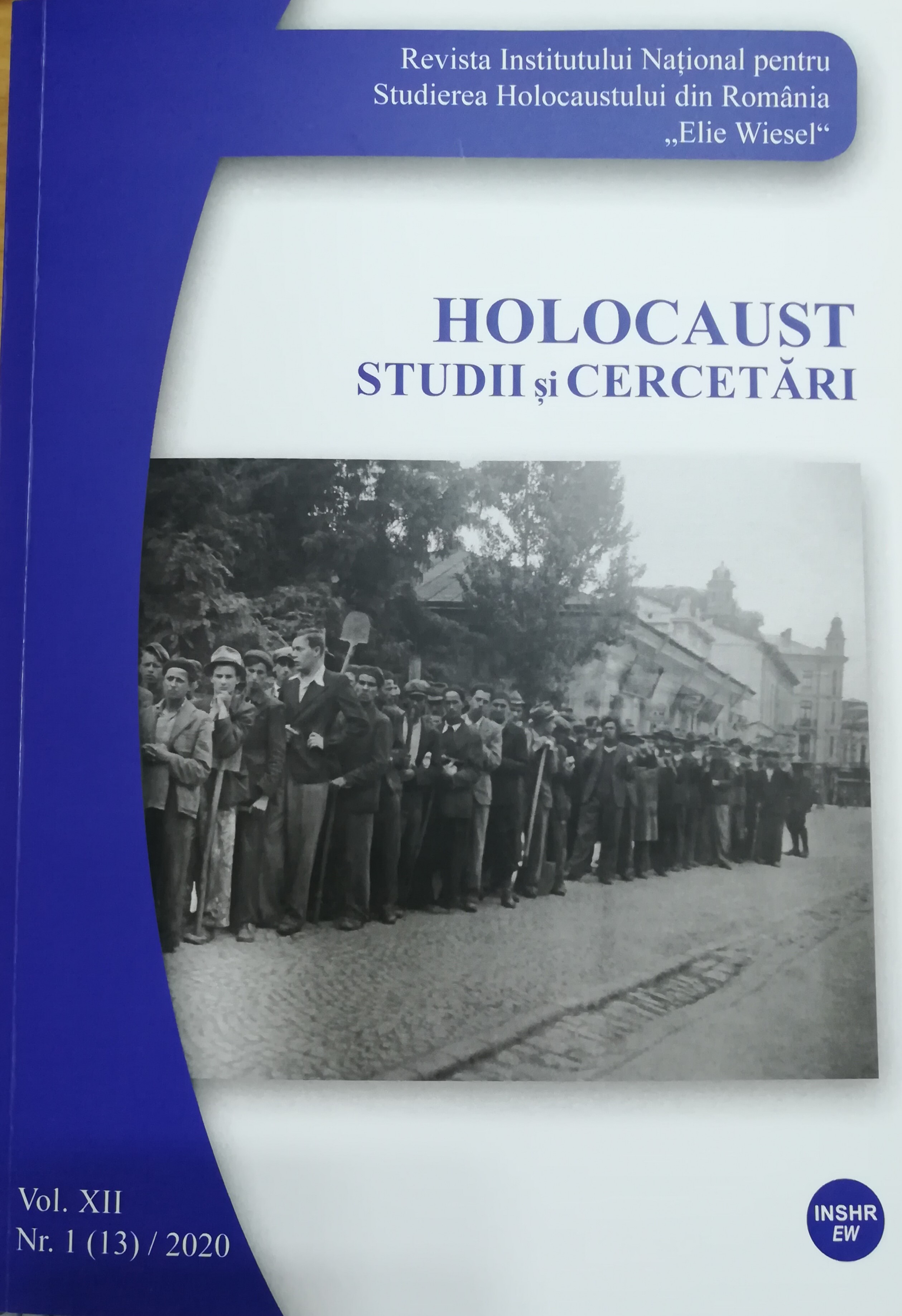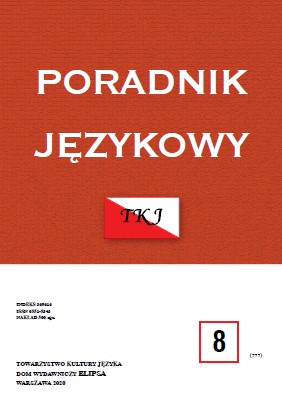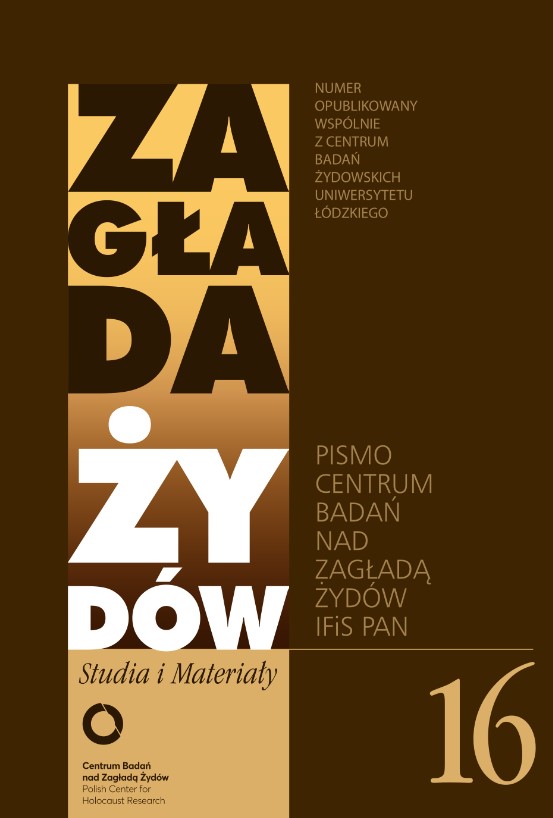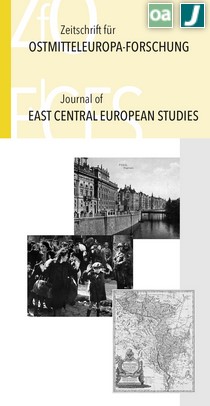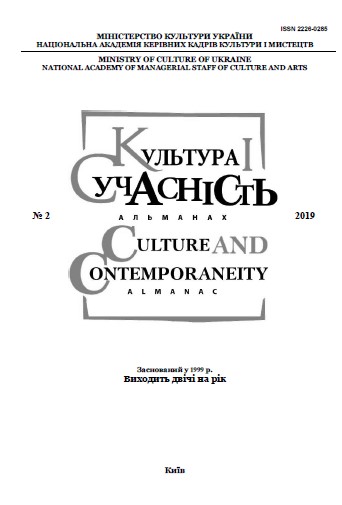
ІСТОРИЧНА ҐЕНЕЗА ТА ПЕРШИЙ ПЕРІОД ФОРМУВАННЯ КИТАЙСЬКОЇ ФОРТЕПІАННОЇ СОНАТИ
The purpose of the article is to define the historical genesis and development of a piano sonata during the earliest period of its formation. The methodology involves applying the historical and genetic, historical, and contextual, historical, and analytical methods of research. The scientific novelty is conditioned by determining the historical genesis of Chinese piano sonatas during 1915–1939. The author specifies the number of genres (play, prelude, fugue, suite, Chinese art song, Chinese piano song), in which the fragments of the national sound picture of the piano were made that would find a coherent embodiment in the Chinese piano sonata. The author emphasizes the importance of the development of performing pianist culture, which contributed to the formation of the genre of Chinese piano culture. The author describes the value of the first piano and sonata period in the development of the genre of the national music culture. During the decade – from 1939 to 1949 (the date of birth of the People's Republic of China) in Chinese piano sonatas that were preserved, the characteristic metaphoric worlds were formed – festive and lyrical, intrinsic genre varieties were tried out – "little sonata" (Zhang Wang Ye and Lo Zhunrun created its first pieces) and descriptive sonata, the essentials of the sonata formation were perfected. Conclusions. The Chinese Piano Sonata has a well-developed historical genesis within the national musical culture. The genesis of the Chinese Piano Sonata concerns genres whose formation preceded its emergence. Among them are piano miniatures (march, polyphonic genres - prelude, fugue), suite (one of which is written in the genre of Tokai), Chinese art song, Chinese piano art song. During the pre-sonata phase, such "worlds" as lyrical and festive, characteristic of the Chinese Piano Sonata, were formed, which would continue to be of significant importance in the development of the genre that is the subject of study in this work. During the years 1915 - 1939, fragments of the castle image of the piano were composed, which in the Chinese Piano Sonata would find its holistic embodiment. In addition to composer creativity, the birth of the genre of Chinese piano sonata is due to the development of the pianistic performing culture. The value of the first piano-sonata period of genre development in Chinese musical culture is hard to overestimate. During the 10th anniversary of the birth of the People's Republic of China in 1949, the five surviving Chinese Piano Sonatas formed the genre of its own.
More...
